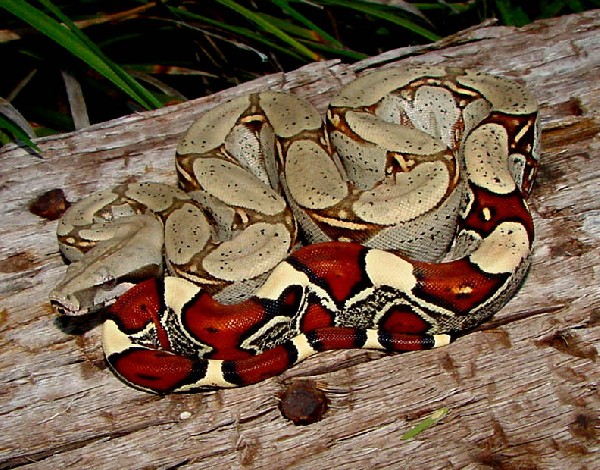
These are not a preferred food source, though. Any snake that isīoa constrictors are also capable of eating larger birds, The nest is now well-known as a source of food. Will attack further if feeling threatened. This will result in other birds attacking defensively. The snake will locate and attack a nest, picking off easy prey. In addition, adult constrictors set their sightsĪccording to Herpetology Notes, young Boa constrictors and birds are common antagonists. Adult Boa constrictors are so large and heavy thatĬlimbing becomes problematic. Swallow whole, birds are easy prey for young snakes.Īs Boa constrictors age, they will eat fewer birds. Coupled with small stature that is easy to Birds haveīrittle skeletons and weak hearts. Hatchling birds and chicks are particularly appealing. BirdsĪs well as rodents, young Boa constrictors will target birdsĪs prey. This does not appeal to the nature of these reclusive reptiles. Typically only hatchlings and young snakes that prioritize such prey, though.Īn adult constrictor will need to eat multiple rats or mice per week to sustain The constrictor willĪll Boa constrictors will eat rodents in a pinch. Eventually, this too will be deemed insufficient. At this point, the snake will start to hunt rats Just like all snakes, a Boa constrictor’s appetite grows with its body.Īfter a month or two, the Boa constrictor will find that After a short while, it will seek more mice to sustain This will follow the constrictor’s first shedding of skin.ĭuring its earliest days, the constrictor will be content The snake will seek its first meal around ten days after It will typically sustain itself on rats and mice. Until a boa constrictor reaches around six feet in length, Once a Boa constrictor hatches, it is its own responsibility to find food. The snakes are born fully formed, and not protected by their mothers. Hatchling Boa constrictors are around twenty inches long. Boa constrictors also rarely eat in winter due to brumation. After taking down a large mammal, this snake can go without food for months. How often a Boa constrictor eats depends on the size of its last meal. This means a constrictor may bask in the sun after eating, breaking their nocturnal hunting pattern. As Physiology and Biochemical Zoology explains, these snakes need to be warm to digest their food. In addition, the boa constrictor has slow digestion.īoa constrictors are nocturnal hunters. If the snake is unwell or shedding, it will not seek food. If necessary though, the snake will eat much larger animals.īoa constrictors are not greedy snakes. As a rule, constrictors prefer to eat prey no more than 1.5 times their mass. Like most snakes, a Boa constrictor can open its jaws extremely wide. Once the prey is dead, the Boa constrictor swallows it whole. This prevents blood from reaching the heart, killing prey. According to the Journal of Experimental Biology, the constrictor actually restricts blood flow. It was long believed that Boa constrictors used their powerful body to suffocate prey to death. Most animals targeted by a Boa constrictor are dead within minutes.įemales are larger, and thus even deadlier.

This means that most prey stands little chance of This involves the constrictor wrapping its body around prey until it is dead.īoa constrictors can reach between eight and ten feet and For its own protection, the snake then kills the animal. This means the prey cannot shake off the constrictor. The Boa constrictor bites its prey first.

The constrictor will remain out of sight until prey passes. They hide in their natural habitat, usually inside a hollow log or abandoned burrow. Boa constrictors are opportunistic hunters.


 0 kommentar(er)
0 kommentar(er)
